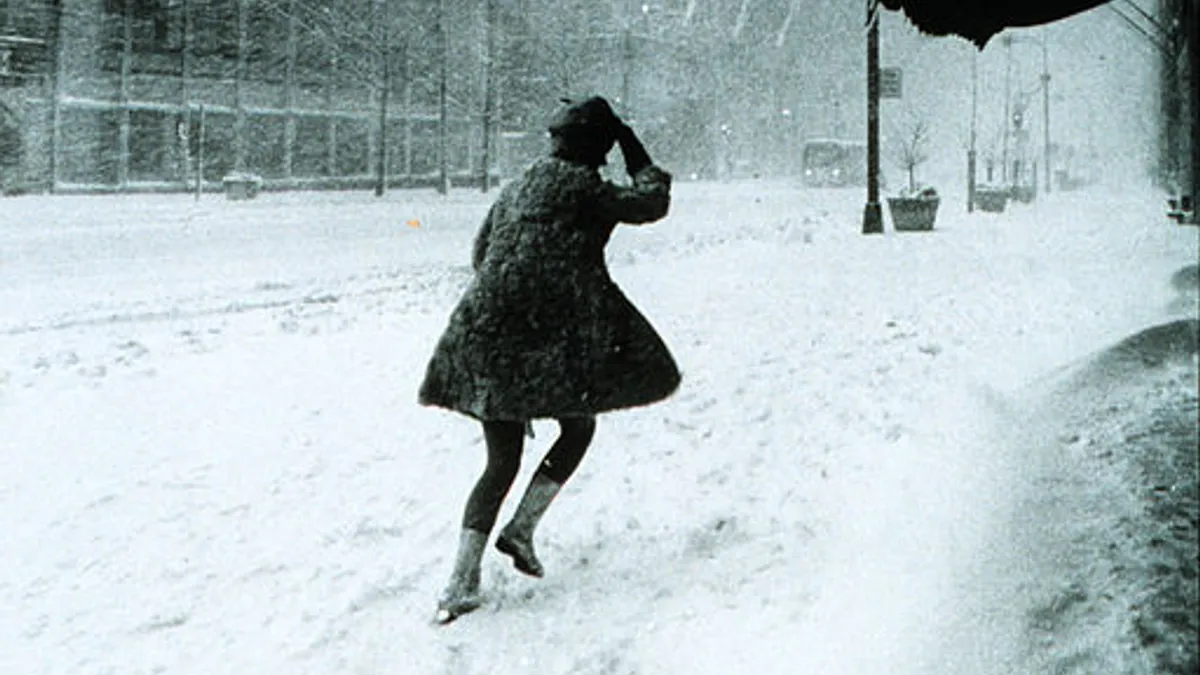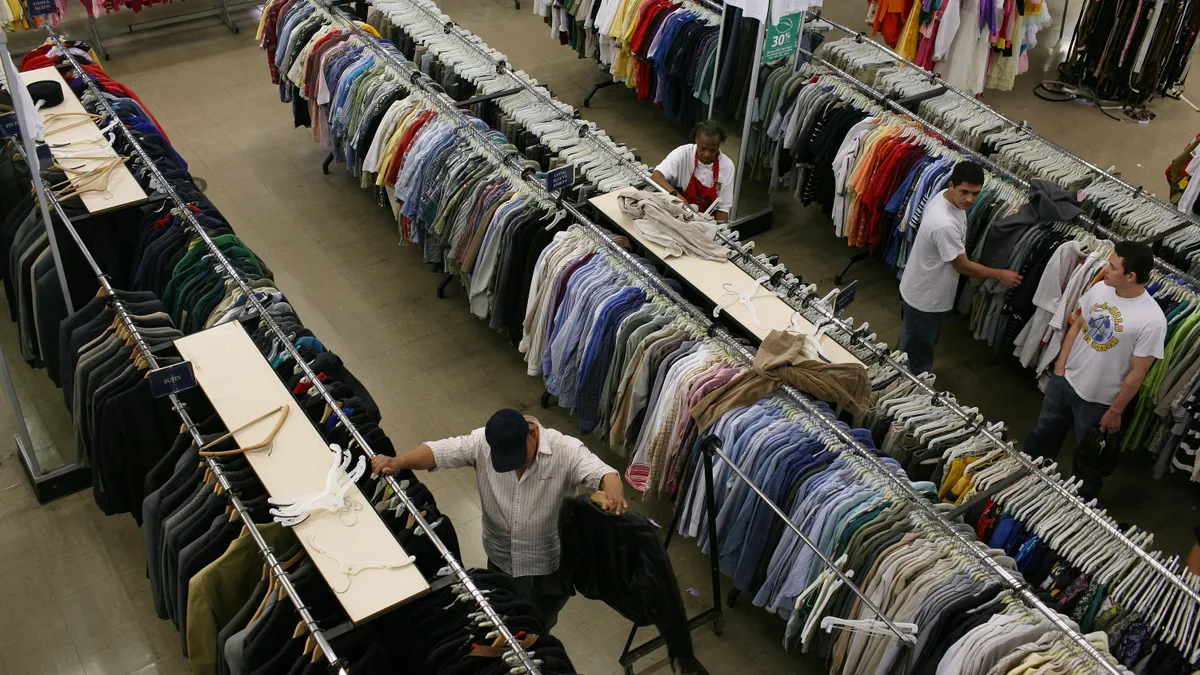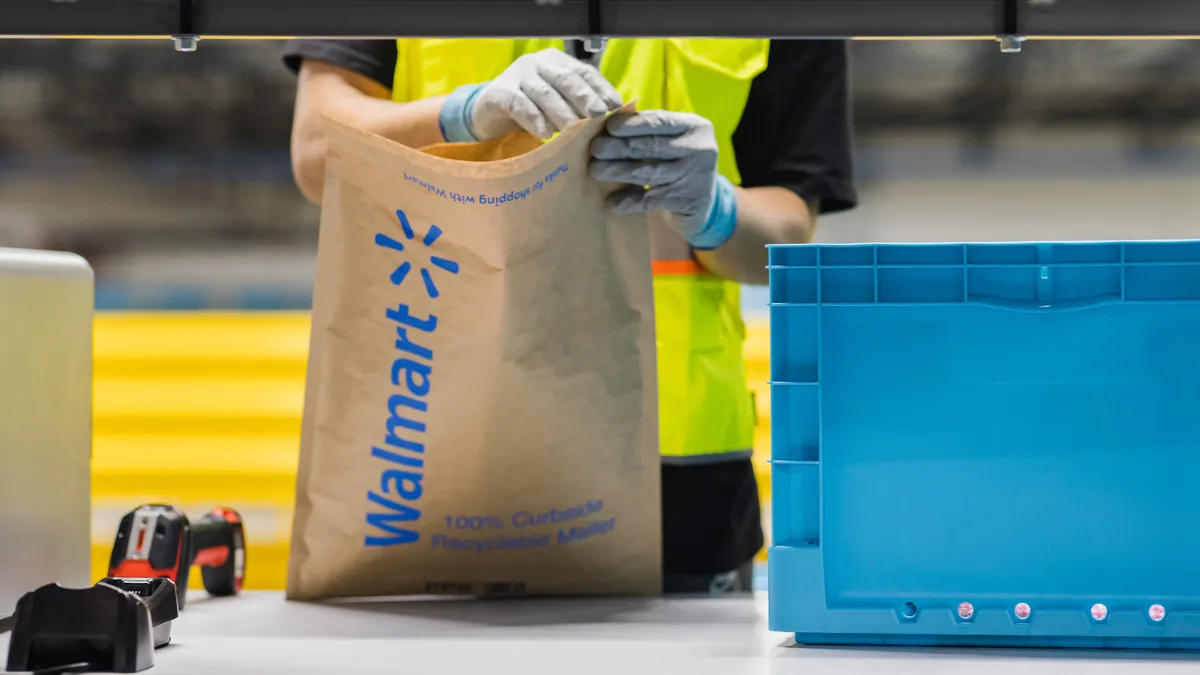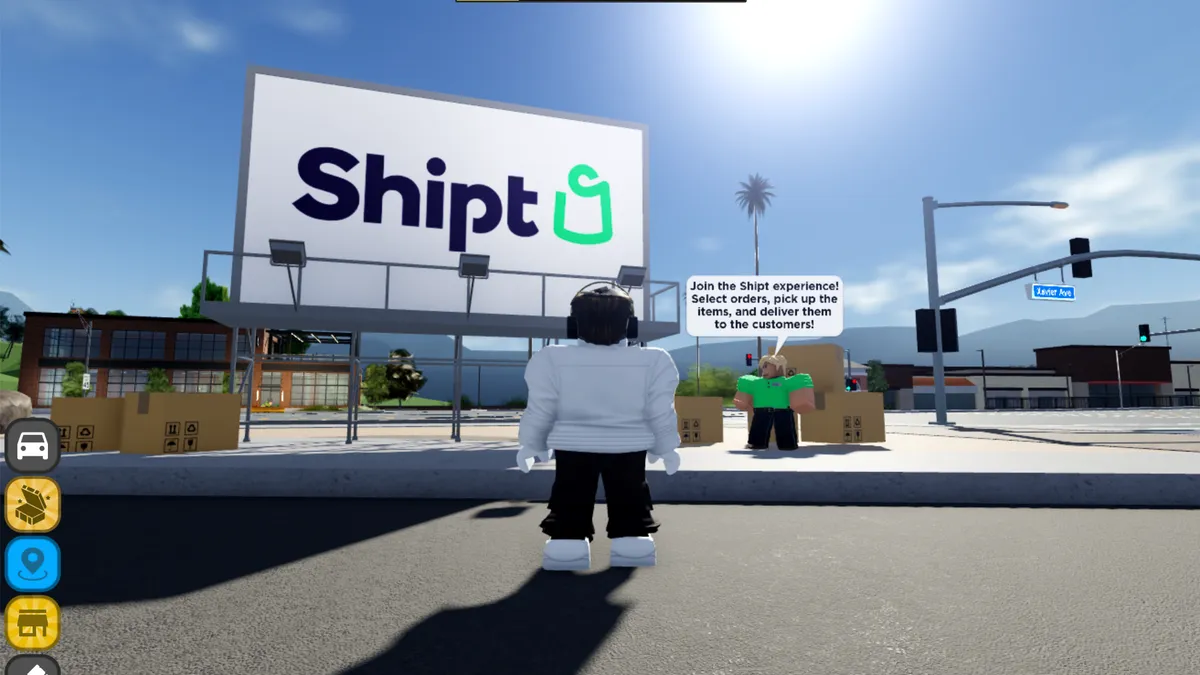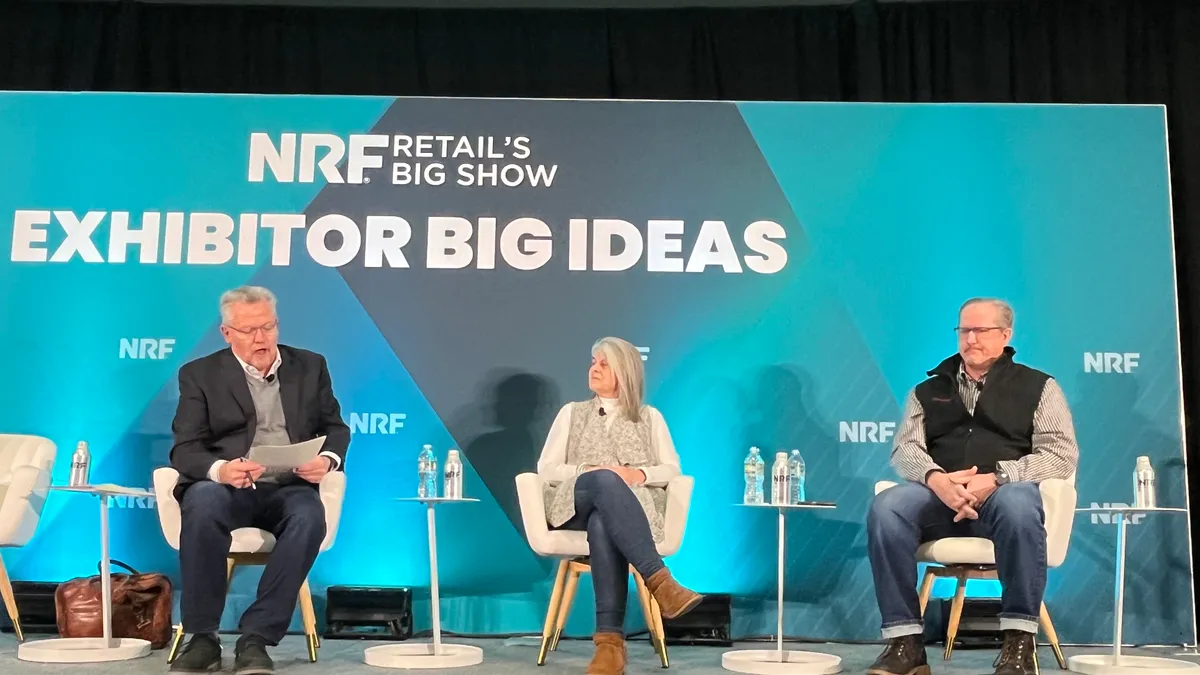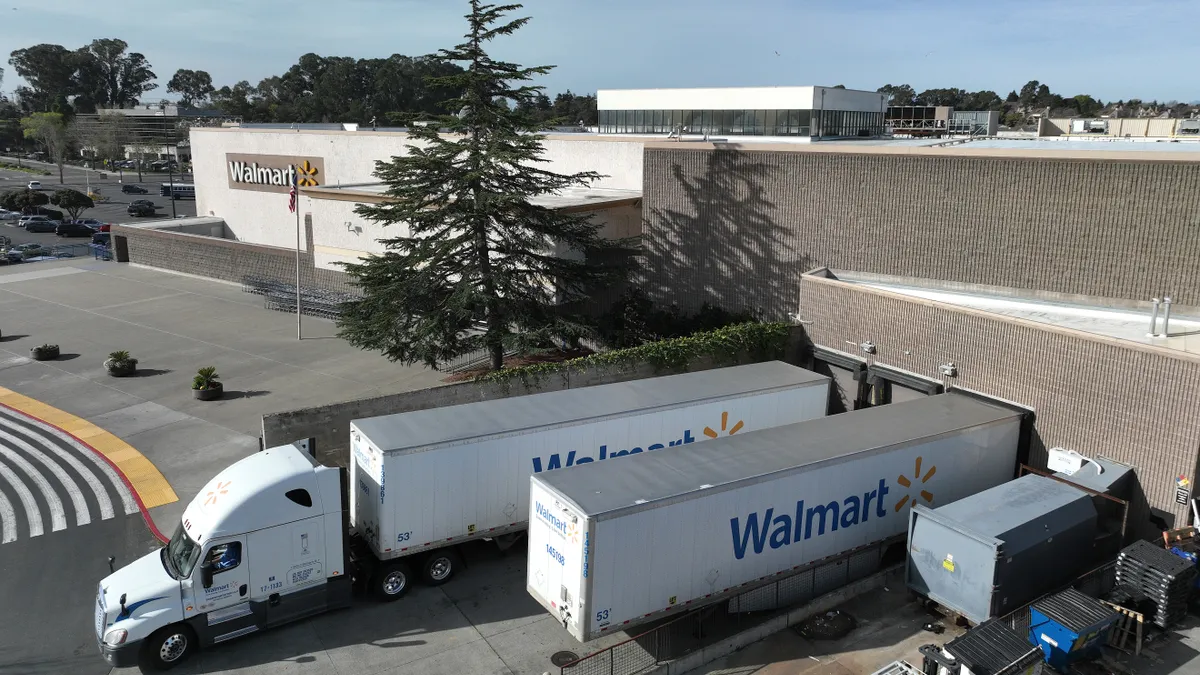“Bad weather always looks worse through a window,” the saying goes, and that may be especially true for a store window. Winter storm Juno, which pummeled the East Coast this week, had consumers scrambling to hoard groceries and other supplies, but otherwise hunkering down at home to wait it out.
It was a significant storm that began Jan. 26 and ended Jan. 28, dumping 30 inches (and more in some places in Massachusetts) in 54 cities and towns in six states from Long Island to New England.
While supermarkets, thanks to some amount of hoarding and panic, often cash in at times like this, other retailers suffer, at least to some extent. Just this storm alone has affected many stores, especially apparel retailers, by forcing some to close for a day or more, wreaking havoc with roads and transit systems, and keeping customers indoors. In-store analystics firm RetailNext’s comparison of Monday-through-Wednesday totals for this week and last found that, during the storm week, retailers in the Northeast saw a drop in sales of 40.8% and a drop in traffic of 35.6%.
"We assume shopping disruptions related to the incoming blizzard could cause stores to close for four days," Cowen and Company analyst Oliver Chen wrote in a note to investors before the storm. That could mean a 2% sales hit, but nothing severe enough to impact same-store sales, according to Chen.
But how much—if any—sway does weather in general have on retail sales? While many a retailers reach for weather-related excuses when reporting poor performance, their defenses may be just that—excuses for other problems lurking behind the snow.
Online sales: 'We’re not happy about shoveling but we are happy about the sales'
You would think that online retailers would benefit from a storm that dumps as much as three feet of snow, keeping people home from work and school. But research from Adobe found that by Wednesday Juno had cost online retailers some $35 million. It turns out that many people shop from work, and on their snow day were shoveling snow, or perhaps attending to kids and other things, instead.
The storm's effect on retail, though, was more of what meteorologists like to call a "wintry mix," according to an assessment of January retail sales by Redbook Research and anecdotal evidence from Internet Retailer magazine.
One Boston-based retailer, in one of the areas hit hardest, closed its offices but allowed customer service reps to work from home. Web fashion retailer UsTrendy founder Sam Sisakhti says that it was one of the best days the retailer has had. Sales on Tuesday, when few people had clear driveways in New England, were up 35%, the best since the holidays, according to Sisakhti.
“I think a lot of people were snowed in and were shopping online,” he says. “We kept the business open. We’re not happy about shoveling but we are happy about the sales.”
How this year compares to last
Last year, much like in an awkward gathering of people, the weather was a common topic of discussion in many retailers' reports. J.C. Penney Co., Macy’s, Kohl’s, Wal-Mart Stores, Gap Inc., Home Depot, Lowe’s, and others all complained about the weather at some point in 2014.
Indeed, an elongated winter and short spring were cited as reasons for stagnant sales in many retail companies' quarterly earnings reports throughout the year. While some retailers began the year complaining about the cold and snow, others worried about warm temperatures extending too far into the fall.
To some extent that was corroborated by research: Many maintained that the weather kept consumers from spending money, adding to what later would be called a retail funk.
But the skies may be brightening. This year, Juno notwithstanding, Cowen and Company’s Chen says that predictions for a less severe winter overall and warmer temperatures in March should be good for spring apparel sales.
Perfect timing
And that's just it, isn't it? If these early predictions are accurate, we may see how weather isn’t always a deal-breaker for retailers, at least not if they can get inventories lined up with Mother Nature. And there are times when weather reports plus earnings reports can be just right.
It's tricky. Studies show that weather will spur sales of weather-dependent items like ski gear or even houses with pools. But if winter or summer last too long, people may be sick of the weather to buy supplies, yet not ready to gear up for the next season.
Already this year, for example, the onset of cold weather early on was welcomed by many retailers thanks to that kind of perfect timing: The warm weather was ending while cold-weather apparel and gear was still selling at full price, without heavy snows that might keep people indoors.
Excuses, excuses
It’s one thing when a major storm hits and shuts down most human activity, but those events are short lived. Does weather really affect ongoing retail sales? Maybe not so much, says Forrester Research analyst Sucharita Mulpuru.
“It’s usually one of those ‘dog ate my homework’ excuses,” Mulpuru told Bloomberg.“Whenever something can’t be explained and is an anomaly—and it happens to coincide with an unusual weather pattern—that becomes the reason people supposedly didn’t shop.”
At least one retailer, Dick’s Sporting Goods, pointedly left the weather out of its list of disappointments last year. Rather, the retailer said that falling sales were more the result of too much inventory, too much discounting, and other issues—problems that, later in the year, the company took steps to address.
“We didn’t want it to look like we were hiding behind the weather,” Dick’s CEO Ed Stack told Fortune magazine in May.



